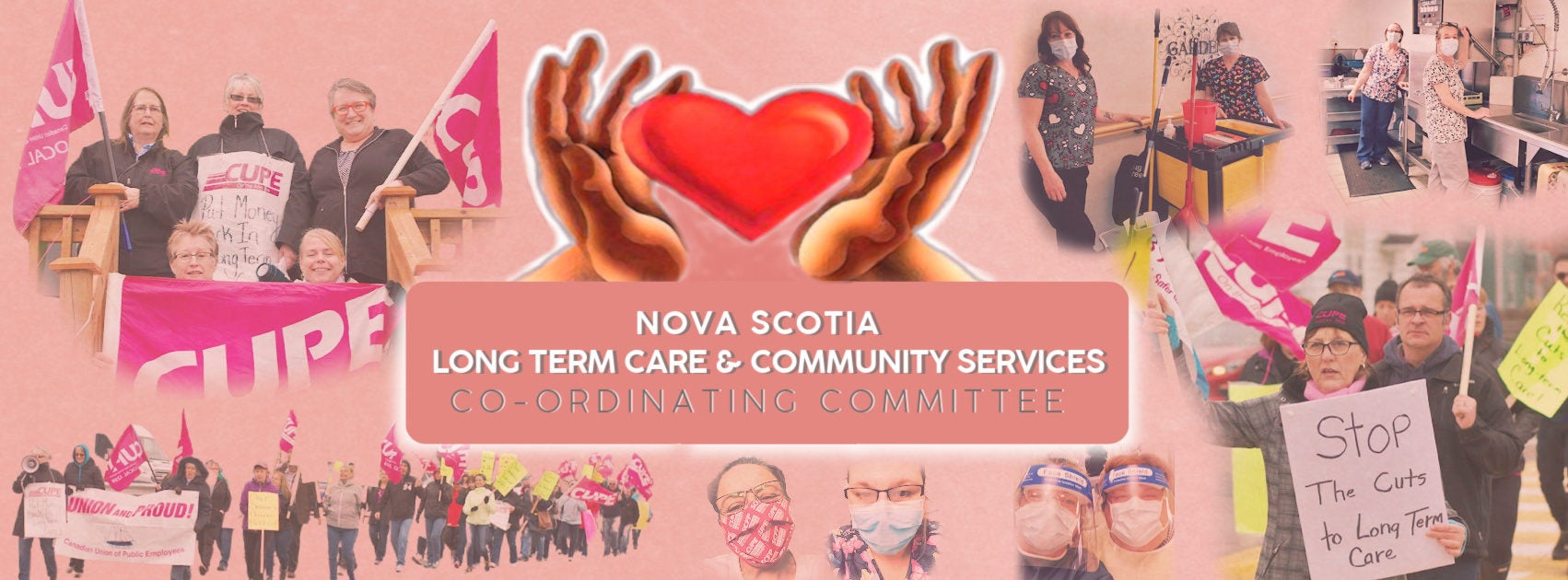The Precautionary Principal
Knowledge about how the virus is transmitted has yet to be fully understood. For this reason, CUPE is recommending that health care settings adopt the precautionary principle towards infection prevention and control of COVID-19.
The precautionary principle means taking action to prevent infection from potentially serious viruses without having to wait for complete scientific proof that a course of action is necessary. While there is continued uncertainty that the virus is not spread through the air, we must conduct ourselves as if it were.
How is the Virus Spread?
The prevailing consensus among health agencies including the Public Health Agency of Canada (PHAC), Center for Disease Control (CDC) and the WHO is that the virus is spread primarily through close contact (within two (2) meters) with an infected person through respiratory droplets generated when a person, for example, coughs or sneezes, or through droplets of saliva or discharge from the nose.
There remains no consensus if COVID-19 is transmitted by small droplets suspended in the air or through procedures that generate aerosols (e.g open suctioning). As such, CUPE is recommending that workers and employers treat COVID-19 as an airborne transmitted disease.
What is the Incubation Period?
The prevailing consensus is that time between infection and the onset of clinical symptoms of the disease is 1 -12 days. Coronaviruses, such as MERS, have incubation periods that can last up to 14 days. As such, CUPE recommends that health care setting adopt a more conservative incubation period of greater than 14 days without symptoms.
Can the Virus be Spread by a Person with no Symptoms of the Disease (Asymptomatic)?
There is no consensus that an asymptomatic person can not transmit the disease during the incubation period. In rare cases, transmission of the virus has occurred from an asymptomatic person. For this reason, CUPE is recommending that health care settings adopt the precautionary principle until it is fully understood how the virus is transmitted.
This means that members of a community who have had contact from a person who has developed COVID-19 but had not shown symptoms, should be treated as if they carry the virus.
Advise to CUPE Locals:
- Request the employer’s plan for COVID-19/infectious diseases (existing plan or new plan)
- Request training records (PPE fit tests, routine practices and additional precautions, proper use of equipment)
- Request employers plan if a resident is infected
- Request an update on your employers’ stockpile of PPE (What is the supply level? Is the supplier capable of providing stock in case of a spike in cases?)
- Staffing (what are plans for staffing during an outbreak, call ins, dedicated teams?)
- How will the employer provide daily updates? Shift reports? Effective safety huddle communication?
